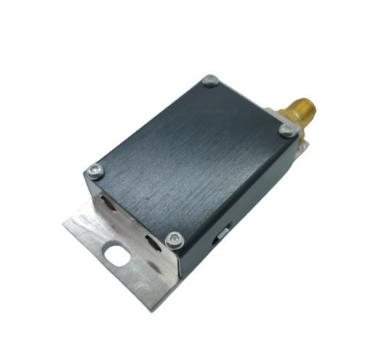Acousto-Optic Tunable Filters
2025-08-18
According to the existing material characteristics, ModuOptik designed AOTF products based on TeO2 shear wave acoustic mode. The wavelength range covers 350-2500 nm. Optimum performance is achieved in each wavelength range and meets most applications: resolution as low as 1 nm, FOV Angle up to 20 degrees, and aperture up to 10 mm. In most cases, the filtering output of AOTF is collinear. After the randomly deflected input light passes through AOTF, two horizontally polarized or vertically polarized light with different deflection directions will be obtained, which can be easily used by users and fiber coupling can be carried out according to needs.
| Product Code (Download specification) | Working wavelength (nm) | Active Aperture(mm) | Resolution | Diffraction Eficiency | Optical Material |
| TF1001-TS020-640_1100 | 640-1100 | 2 | ≤10nm | >70% | Tellurium dioxide |
| TF1002-TS030-650_1000 | 650-1000 | 3 | ≤5nm | >70% | Tellurium dioxide |
| TF1003-TS030-650_1000 | 650-1000 | 3 | ≤10nm | >70% | Tellurium dioxide |
| TF2001-TS025-400_1000 | 400-1000 | 2.5 | ≤10nm | >40% | Tellurium dioxide |

Acousto-optic tunable filters demonstrate remarkable optical throughput, with diffraction efficiencies exceeding 90% for properly polarized light when using optimized RF power levels. Their all-electronic control eliminates mechanical wear, ensuring reliability exceeding 100 million switching cycles. The solid-state architecture makes them resistant to vibration and shock, ideal for field-deployable instruments. Advanced designs incorporate multiple transducers or phased-array configurations to suppress side lobes and improve out-of-band rejection beyond 60dB. Temperature stabilization systems maintain wavelength accuracy within 0.01nm/°C for precision applications.
In hyperspectral imaging, AOTFs enable snapshot spectral analysis by sequentially illuminating samples with specific wavelengths while a camera captures corresponding spatial information. This approach revolutionized medical diagnostics, allowing real-time tissue differentiation during endoscopic procedures. Industrial sorters utilize AOTFs for material identification through reflectance spectroscopy at production-line speeds. Laser systems employ them for wavelength stabilization and line selection, particularly in multi-wavelength or tunable laser configurations. Astronomy applications benefit from their ability to perform adaptive spectral filtering to compensate for atmospheric absorption in real-time.
Recent advancements include miniaturized AOTFs for portable devices, with some chip-scale versions measuring under 10mm³. Dual-band designs simultaneously filter two wavelength ranges, while adaptive RF waveforms enable custom transmission profiles. Integration with machine learning algorithms allows smart spectral sensing that automatically optimizes wavelength selection based on sample characteristics. As spectral imaging becomes increasingly important in fields from agriculture to defense, AOTFs continue to evolve as the enabling technology for next-generation optical systems requiring speed, precision and reliability.
Real-time Blog

